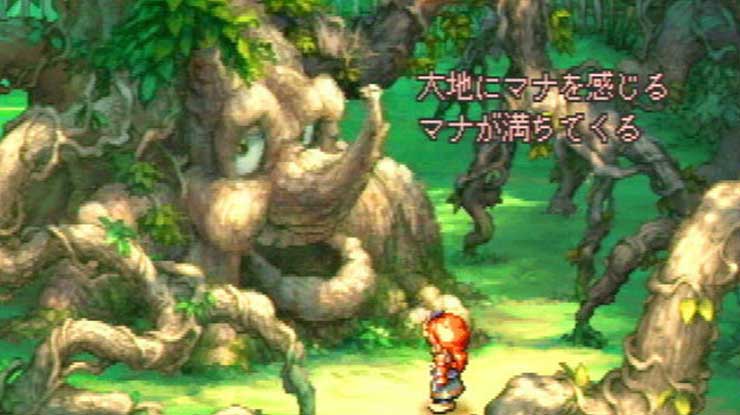

Knowing this, Square Enix worked with developer Brownie Brown in the creation of “Sword of Mana” (known also in Japan as “Shinyaku Seiken Densetsu”), a remake of exceptional proportion: graphics and music updated to the capability of the Game Boy Advance (that’s going from 4-bit to 32-bit, much like the transition from FF1&2 to FF Origins), a plotline going far beyond the scope of the original game, and much-appreciated character development for every character, making them complex enough that you begin to wonder who is good and who is bad. The first game in the series, however, had a strong basis for a cohesive plotline, and plenty of characters that could’ve been expanded upon. But most gamers will agree that the one thing Legend of Mana lacked was plotline and strong character development.
Legend of mana remake review series#
So as you can see, Square had come a long way from the first game in the series to the multi-faceted elements of the fourth game. Add to this the beautiful graphics, and you have yourself quite a game.

As I understand it, this game combined elements from the three previous “Mana” games and added elements of its own: specifically, a complex weapons/armor upgrading system, musical instruments as sub-weapons, growing vegetables, and a multitude of side-quests. The fourth game in the series, and decidedly the most open-ended, was the PlayStation’s “Seiken Densetsu: The Legend of Mana” (or just “The Legend of Mana” in North America). These SNES games were some of the few games of the era that allowed up to three players to enjoy the action RPG goodness together. The linearity obscured somewhat further in the storyline of the third game: as the second game left the world with no mana tree, yet in the third game there was a mana tree indeed. The second game followed a somewhat linear storyline, and was clearly a direct descendant from the first in the series for anyone who followed the plotline. Two more installments came in the 16-bit era for the Super Famicom: Seiken Densetsu 2 (entitled “Secret of Mana” for the American gamer) and Seiken Densetsu 3 (never released in America). Despite the improper title and obscurity of this first game in the Seiken Densetsu series, it has been one of my favorites to date.

Before it would become a series, the first title in the game, released on the original 4-bit Game Boy, came to America under the guise of a sub-series: the new name, Final Fantasy Adventure, used to generate sales. More than a decade ago, Squaresoft began what would turn out to be their big action RPG series: Seiken Densetsu (literally “Holy Sword Legend”). Those who fail to learn the lesson of history are doomed to repeat it… If you know the lesson, skip the next three or four paragraphs and begin reading. I cannot properly review this game, a remake of a very very old game, without a proper history lesson.


 0 kommentar(er)
0 kommentar(er)
